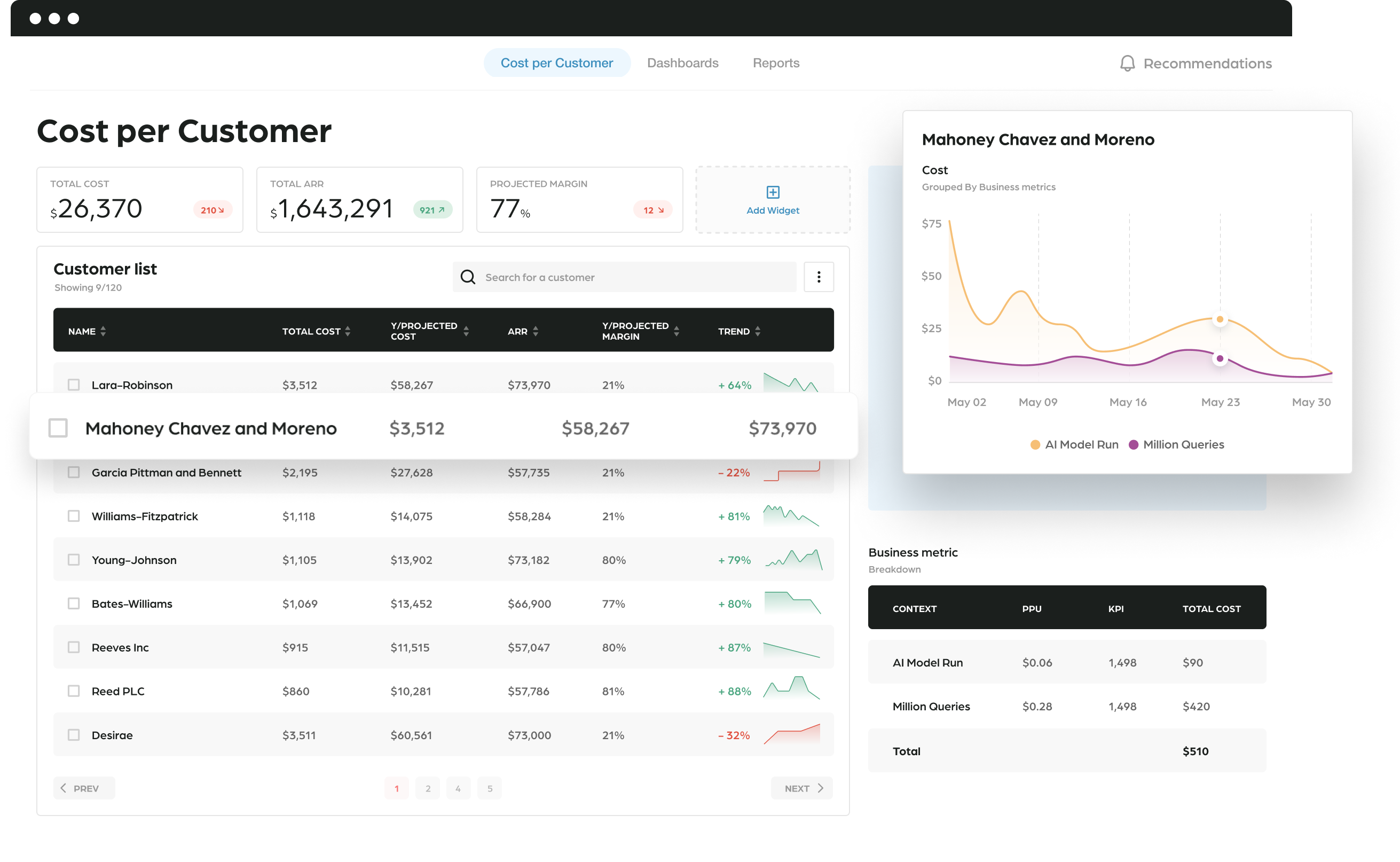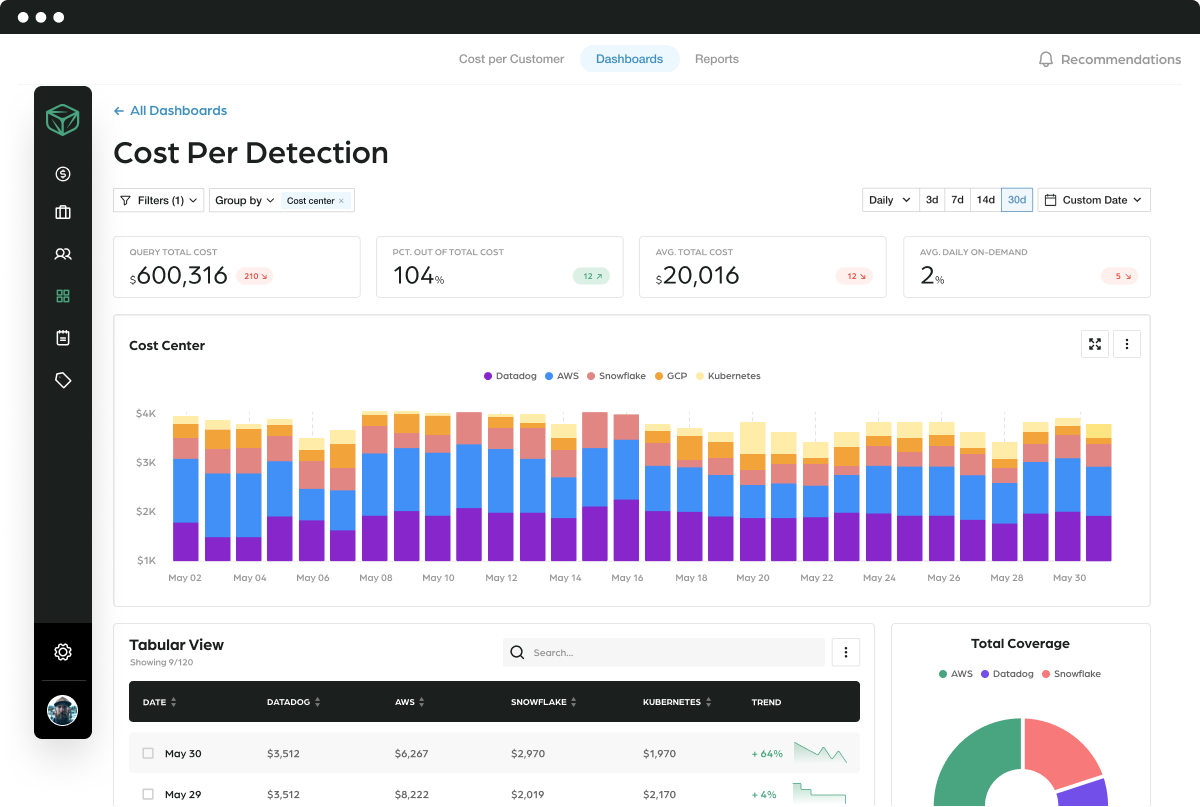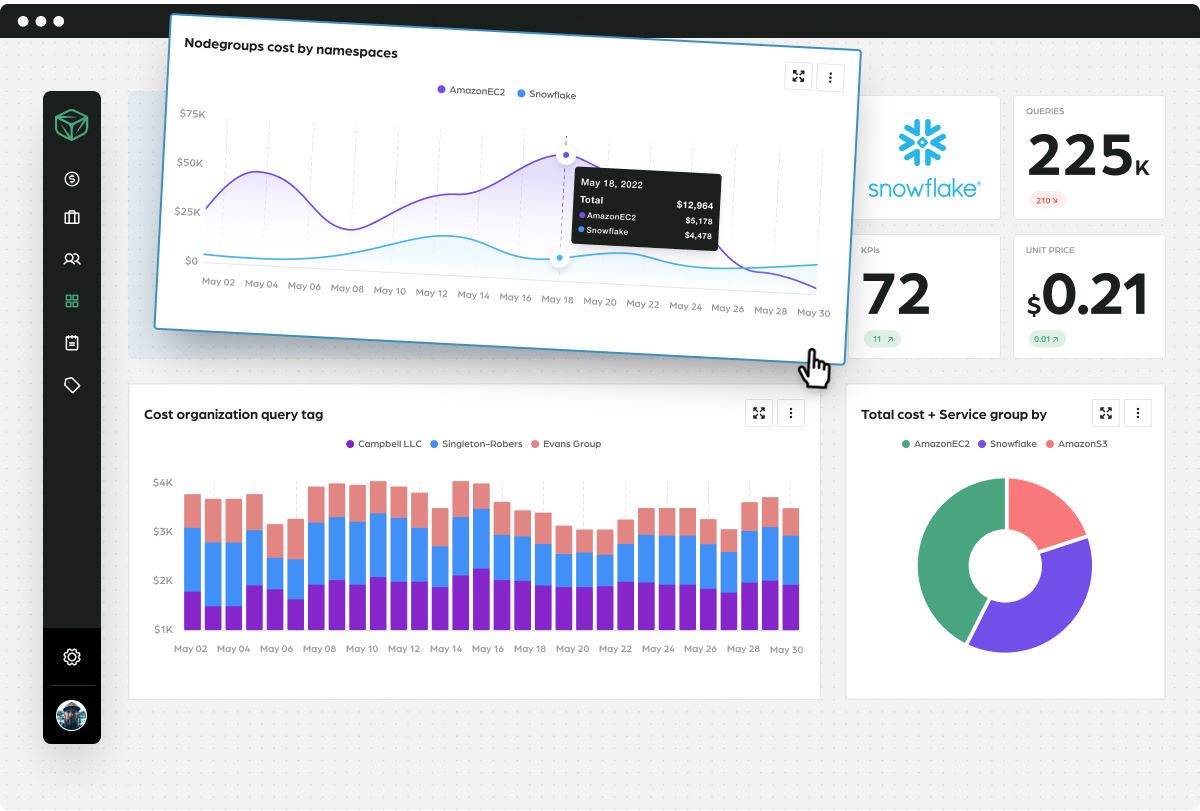
Global accessibility, business agility, innovation, and cost efficiency are just some of the often-touted economic advantages of the cloud. Furthermore, these benefits transcend economic turbulence to a large extent, simply by allowing businesses to tap into the computing resources they need on demand. It’s also why cloud computing is by far the fastest-growing computing model of all, with the global market expected to approach a value of $1 trillion by 2026.
Unfortunately, the realities of cloud adoption and the reaping of its benefits are not that simple. For starters, almost a third of cloud spend is wasted on unused or underutilized resources to the point of significantly negating the economic advantages. Without visibility and strategy, the cost of using the cloud can bring large and unpleasant surprises. To maximize the business value from the cloud, this problem needs to be proactively addressed, and that’s where FinOps comes in.
FinOps is a relatively new approach in which cloud economics come to play an integral role in decision-making across all business departments. A mature FinOps strategy goes beyond cost-savings to untapping the enormous value potential of cloud computing. Compared to the traditional model, in which IT and DevOps teams are considered the sole owners of IT assets, FinOps sees every department being accountable for their cloud usage and how it adds value to the business.
#1. Accelerate Business Value Realization
When making a business case for moving to the cloud, the focus is most often on the targeted migration of existing applications. For many businesses, this is a driving force of innovation, as it allows enterprises to quickly develop their cloud estates and start enjoying the economic benefits of the cloud, such as reduced hosting and maintenance costs and capital expenses. In the age of remote work, there’s also an operational and practical imperative for moving to the cloud.
Unfortunately, these benefits often end up being reduced due to the fact migrated applications tend to retain much of their technical debt. This happens because the legacy applications and workflows that are moved to the cloud were never designed to take advantage of its dynamic infrastructure. As such, they can end up consuming more resources than they need to. Things like performance, availability, and reliability may also suffer, while contributing to the reduced ability to enjoy the economic benefits. In the worst case scenarios, enterprises may even end up in a worse situation than before.
FinOps looks beyond the day-one cloud economics of migrating workloads and provisioning new resources to consider the longer-term economics over the course of years. Rather than focusing entirely on day-one benefits, enterprises must shift away from the capital expenditure approach and instead focus on forecasting cloud spend in line with company priorities. This is a far more viable approach for accelerating business value realization than being hobbled by the on-premises and capital expenses mindset of old.
#2. Enforce Cloud Financial Accountability
You can’t control what you don’t know about, hence why shadow IT is one of the main causes of wasted cloud spend. The rapid adoption of cloud services has made end users comfortable using online apps and services to assist them in their work, often with minimal oversight from the IT department. Today, especially with the rise of hybrid work, SaaS has become the single biggest area of shadow IT, resulting in surprise bills, along with increased business risk across other domains like governance and information security. The fact is, that in today’s hybrid work environments, there tends to be even less monitoring of cloud consumption than before, even though consumption has inevitably increased.
While shadow IT might empower users to become more productive in some cases, it can spiral out of control to the point that business-critical operations end up falling victim to so-called ‘app spawl’, and that results in wasted time and money, collaboration issues, and numerous other problems. In such an environment, there’s a serious lack of visibility, which means minimal showback and chargeback to show teams how much of the cloud budget they’re using, what they’re using it for, and why. In other words, there’s no financial accountability.
One of the key characteristics of the FinOps approach is financial accountability, not just in IT and finance departments, but for everyone who provisions, utilizes, or manages cloud-hosted resources. Automated tagging of cloud resources is an important part of this process, since it helps individual teams and FinOps leaders to understand where their budgets are being spent. Furthermore, when everyone is held accountable for their own use of the cloud, no one gets singled out, and behavior naturally changes for the better when teams are directly financially responsible for their use of the cloud.

#3. Drive Interdepartmental Collaboration
Siloed workloads and operations are among the main barriers to innovation. While migrating to the cloud can help reduce these barriers, it can also have the opposite effect – the potential rise of shadow IT being one such example. Reaping all the economic advantages of the cloud requires a collaborative, organization-wide approach that keeps everyone on the same track, instead of having different teams doing their own thing.
The cloud shouldn’t be treated as a destination, but a strategic journey in which departments work together to consolidate their workflows and achieve total interoperability. This requires a single source of truth (SSoT), which refers to the practice of aggregating data from multiple disparate systems within an organization into a single, centrally managed environment. An SSoT isn’t a tool or strategy in itself, but rather a state of being in which all corporate data can be discovered from a single reference point. This enhances efficiency and collaboration, since everyone has access to the same data when and where they need it.
FinOps also requires a single source of truth for cloud usage and costs. By adopting a single tool that gives every member of every department the utilization and cost information needed to make informed decisions, there’s less risk of misunderstandings and a lack of oversight of the sort that leads to wasted cloud spend and increased governance overhead. FinOps is all about building cross-functional teams to achieve cloud cost transparency and make planning and optimization processes an integral part of the strategy. To make this happen, enterprises that have adopted a mature FinOps strategy typically incorporate stakeholders from four key groups – corporate executives, finance and procurement, engineering and operations, and application and product owners – all of which work under a centralized team.
#4. Optimize cloud Cost Efficiency and Agility
One of the main reasons to move to the cloud in the first place is to allow business users to access on-demand data and application services without being restricted by device or location. Furthermore, enterprises can easily scale with demand to accommodate troughs and spikes, instead of being held back by legacy on-premises architecture and its lack of flexibility.
The problem is that what’s quick and easy to set up is also quick and easy to take for granted. For example, it takes mere minutes to set up and launch a new AWS instance, which means it’s easy for cloud sprawl to get out of control rather rapidly. This leads to increased costs and reduced efficiency across the board, with resources going underutilized or just forgotten about entirely. Indeed, the scalable and agile nature of the cloud makes it the ideal environment for making ad hoc adjustments but, without a unified and transparent strategy, those adjustments can rapidly (and unnecessarily) eat away at your cloud budget.
FinOps is a data-driven approach that centers around cloud cost and usage optimization. This is an iterative and continuous process comprising a consistent, enterprise-wide methodology that addresses optimization across three key areas – resources, architecture, and pricing. Add automated, data-driven planning and forecasting into the mix, and businesses can define realistic budgets and conduct accurate cost-benefit analyses of using the cloud. That way, they can reap greater economic benefits from the cloud with every new innovation.
.png?width=2312&height=1536&name=image%20(116).png)
Conclusion
While the economic advantages of the cloud are, without a doubt, it’s important to remember that expanding the cloud footprint doesn’t necessarily add value to the business. The cloud is ever-shifting and highly unpredictable by nature, so without understanding cost and usage, it can quickly yield unforeseen costs which can rise up as barriers to further innovation.
A thorough and comprehensive FinOps strategy doesn’t just reduce the costs and financial risks that come with cloud computing. By streamlining the delivery and management of cloud infrastructure and services and approaching the cloud as a value driver, it can help businesses maximize their investments by facilitating faster product delivery times and the creation of new revenue streams.
Finout gives businesses total cloud cost observability in minutes with a single source of truth for your cloud spend. Book a demo with our specialists today to begin your FinOps journey.









